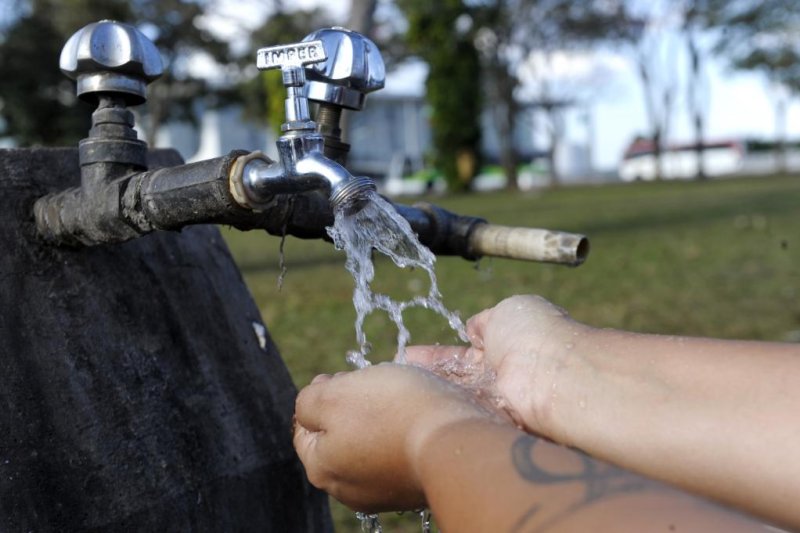Nitrate pollution has polluted drinking water around the United States, which may lead to more than 12,500 cases of cancer each year. Photo by
Senado Federal/Wikimedia
June 11 (UPI) -- Nitrate pollution has polluted drinking water around the United States, which may lead to more than 12,500 cases of cancer each year, a new study says.
Treating cancer caused by the polluted water, brought on by farm runoff produced by fertilizer and manure, may lead to $1.5 billion in annual medical costs, according to research published Tuesday in Environmental Research.
"There is a history of inaction in protecting drinking water at the federal level: EPA hasn't updated its contaminant list for tap water since 1991. And most drinking water standards are a compromise between public health protection and economic feasibility, with the true safe levels almost always below the [Environmental Protection Agency's] maximum contaminant level," Alexis Temkin, a toxicologist at Environmental Working Group and study lead author, told UPI.
The federal government set nitrate drinking standards at 10 parts per million, according to the EPA website. However, the Environmental Working Group points to studies connecting nitrate in drinking water to cancer and other ailments.
The group estimates about 4 in 5 of cancer cases caused by nitrate runoff are colorectal cancer, followed by ovarian, thyroid, kidney and bladder.
They also predict nearly 3,000 cases of very low birth weight, more than 1,700 cases of very preterm birth and 41 cases of neural tube defects will result from nitrate pollution.
"While the current standard has protected infants from the life-threatening condition of methemoglobinemia, or blue baby syndrome, there is concern that the current standard is too high to protect the general public from other health effects like cancer and adverse pregnancy outcomes," Temkin said. "This is the first study to try and quantify the public health impacts of current nitrate exposure in the United States."
According to the EPA standards for infants, "Infants below the age of six months who drink water containing nitrate in excess of the MCL could become seriously ill and, if untreated, may die. Symptoms include shortness of breath and blue-baby syndrome."
Researchers at the Environmental Working Group say the nitrate levels in drinking water would need to be lowered to 0.14 milligrams per liter. Those proposed nitrate levels, the researchers say, would drop 70 times lower than the current EPA limit and reduce cancer risk to 1 in 1 million.
While a 2018 study by the Centers for Disease Control and Prevention says not enough research exists to conclude nitrate in drinking water poses a health risk, researchers on the new study say more research is necessary to establish the causal link they see there.
"More research needs to be done to establish a causal link between nitrate in drinking water and cancer, but based on the best available science, EPA's outdated maximum contaminant level for nitrate in tap water -- which dates from a 1962 U.S. Public Health Service recommendation -- is almost certainly too high and should be reevaluated," Temkin said.















